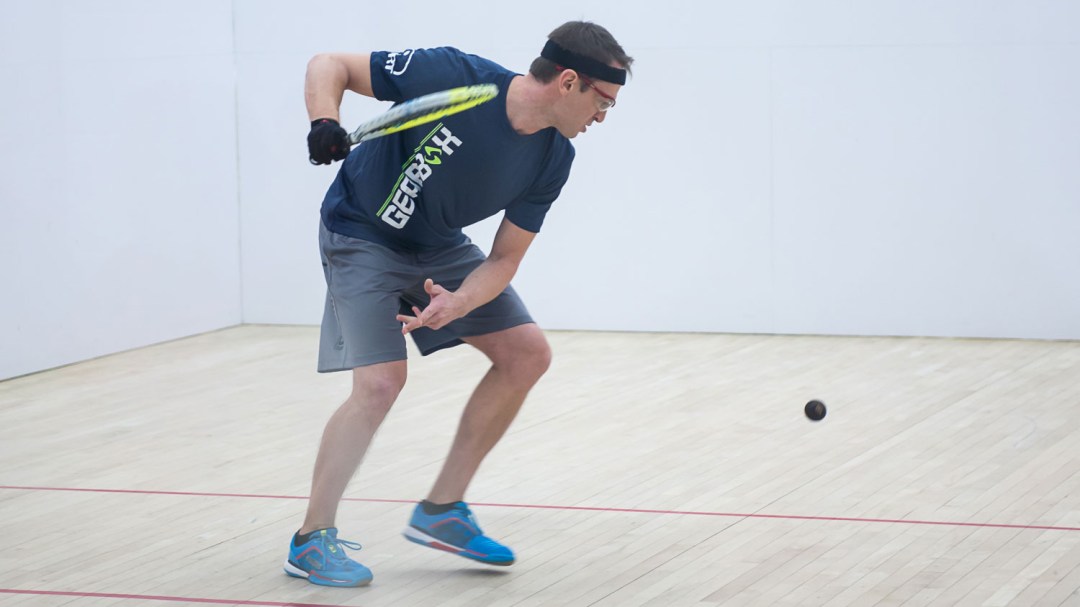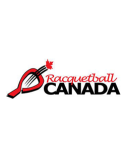Racquetball
Sport Overview
Racquetball was invented on a Connecticut handball court in 1949 by Joe Sobek, who wanted a game with a fast pace that was easy to learn and easier on the hands than handball. He designed the first short strung paddle, combined the basics of handball and squash and named his game “paddle rackets”. It wasn’t until 1968 that the sport became known as racquetball.
During the 1970s and 1980s, racquetball became one of the fastest growing sports worldwide, with an estimated 14 million players in over 90 countries. It also made its mark internationally, with the first world championships held in 1981. Racquetball debuted at the Pan American Games in 1995.
Racquetball is played on an enclosed court that is 12.2m long, 6.1m wide and 6.1m high. The back wall is marked by an out-of-court line drawn 3.65m from the ground. Every surface, including the floor and ceiling, is in play, meaning shots as fast as 240km/h can come from seemingly impossible angles.
Game play begins with a serve that must bounce on the floor once in the serving box before hitting the front wall and bouncing back beyond the short line marked 6.1m from the front wall. Once that occurs, the opposing player can return it. A rally is over when a player is unable to return the ball, either by letting it bounce more than once before hitting it or hitting a return that bounces before it hits the front wall or by missing it all together. Points can only be scored by the serving side. If the serving side loses a rally, the opposing side gains the service.
All matches are best-of-three games. The first two games are played to 15 points while the third, if necessary, is played to 11 points.





